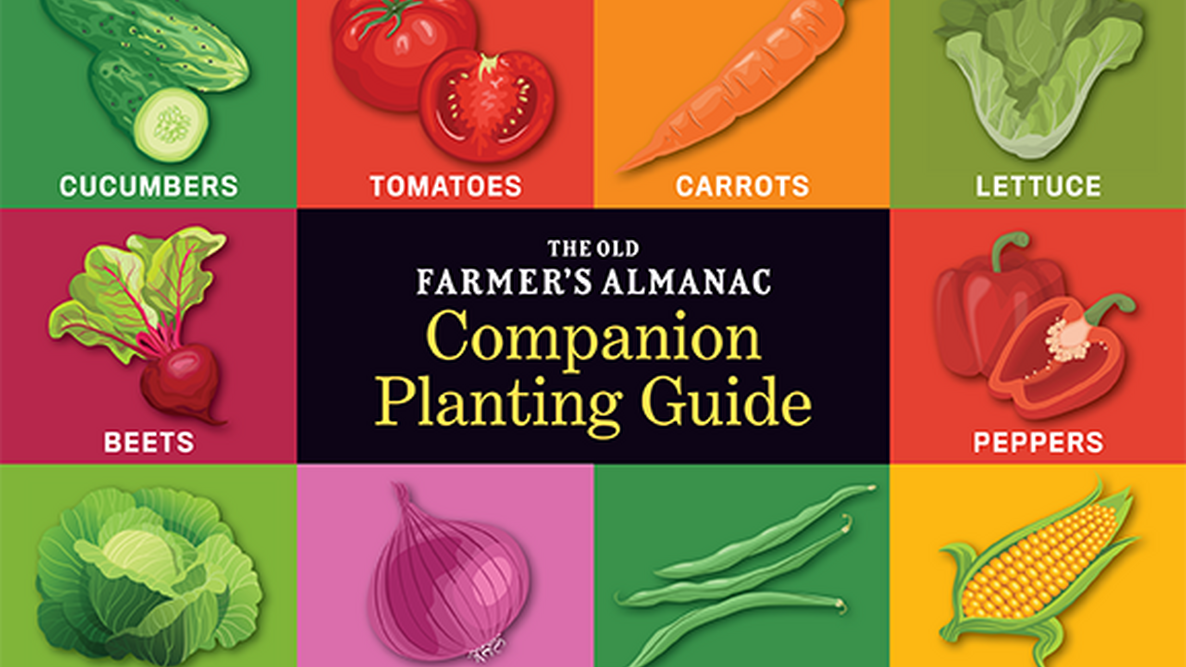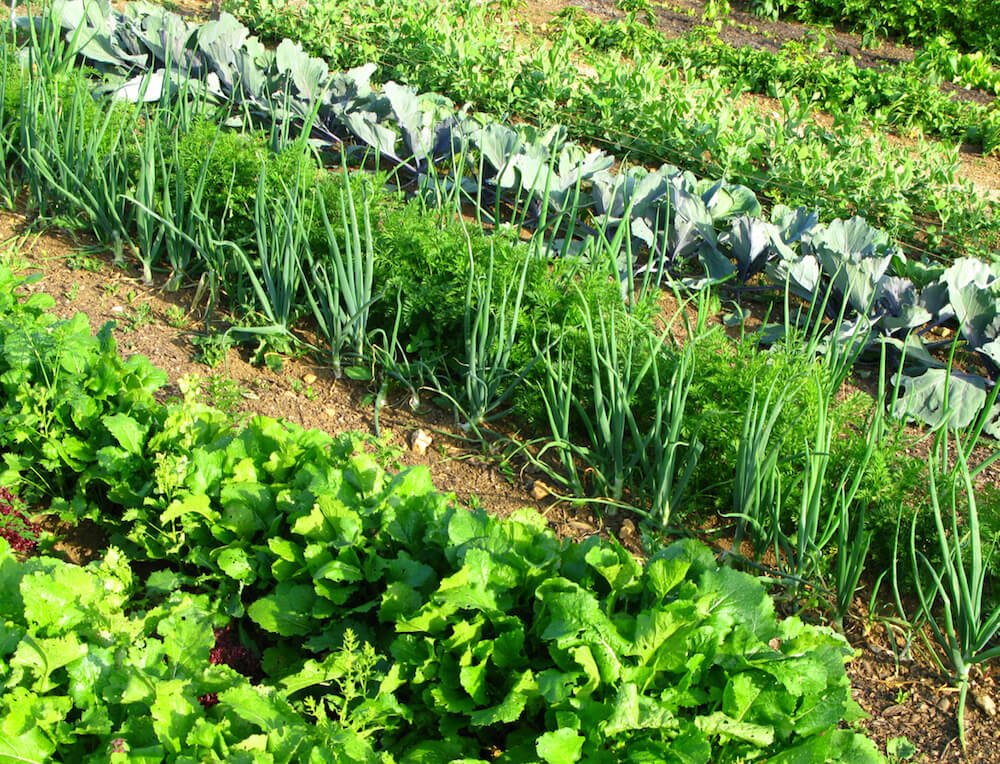Peas And Onions: The Perfect Companion Planting Pair
Peas and onions are two of the most popular vegetables grown in gardens, and for good reason. They are both delicious, versatile, and relatively easy to grow. But did you know that they can also be beneficial to each other when planted together?
That's right, peas and onions are considered to be companion plants, which means that they can help each other thrive. In this blog post, we will take a closer look at the benefits of planting peas and onions together, as well as some tips for getting the most out of this companion planting partnership.
Benefits of Planting Peas and Onions Together
There are several reasons why peas and onions are considered to be good companion plants. Here are a few of the most notable benefits:
- They attract different beneficial insects. Peas attract pollinators such as bees and butterflies, while onions attract pest-eating insects such as ladybugs and hoverflies. This helps to keep your garden's ecosystem in balance and reduces the need for pesticides.
- They deter common pests. The strong smell of onions can help to deter pests such as aphids, cabbage loopers, and carrot rust flies. Peas, on the other hand, can help to repel root knot nematodes.
- They improve soil health. Peas are legumes, which means that they can fix nitrogen in the soil. This is a valuable nutrient for all plants, and it can help to improve the overall health of your garden soil.
- They have different watering needs. Peas prefer moist soil, while onions prefer drier soil. This means that you can water your peas and onions separately, without having to worry about overwatering or underwatering either plant.
Tips for Planting Peas and Onions Together
Now that you know about the benefits of planting peas and onions together, here are a few tips for getting the most out of this companion planting partnership:
- Plant peas and onions in the same area of your garden. This will help to maximize the benefits of their complementary growth habits.
- Plant peas in early spring, before the last frost. Onions can be planted a few weeks later.
- Space peas and onions about 2-3 inches apart. This will give them enough room to grow without competing with each other for resources.
- Water peas and onions regularly, especially during dry weather. Peas need moist soil to grow, while onions prefer drier soil.
- Fertilize peas and onions regularly, especially during the growing season. Peas benefit from nitrogen-rich fertilizer, while onions benefit from phosphorus-rich fertilizer.
- Protect peas and onions from pests and diseases. The strong smell of onions can help to deter pests, but you may also need to use other pest control methods, such as insecticidal soap or neem oil.
Conclusion
Peas and onions are a great combination for companion planting. They can help each other thrive and improve the overall health of your garden. If you are looking for a way to boost your vegetable yield and reduce your reliance on pesticides, planting peas and onions together is a great option.
Peas and onions are two popular vegetables that are often grown together in gardens. However, did you know that they are not actually good companion plants? In fact, planting peas and onions together can actually stunt the growth of both plants.
This is because peas and onions have different nutrient needs. Peas are nitrogen-fixing plants, which means that they can convert atmospheric nitrogen into a form that other plants can use. Onions, on the other hand, are heavy feeders and require a lot of nitrogen. When peas and onions are planted together, the peas may take up all of the available nitrogen, leaving the onions to suffer.
If you are planning to plant peas and onions in your garden, it is best to plant them in separate beds. You can also try planting peas in the same bed as other nitrogen-fixing plants, such as beans or clover. This will help to ensure that the peas have enough nitrogen to grow properly, without stunting the growth of the onions.
For more information about peas and onions companion planting, please visit Gardenia Inspiration. This website has a wealth of information on companion planting, including a list of plants that are good and bad companions for peas and onions.
FAQ of peas and onions companion planting
1. Can I plant peas and onions together?
No, you should not plant peas and onions together. Alliums, such as onions, garlic, and chives, stunt the growth of peas. This is because they release a chemical called allicin, which inhibits the growth of peas.
2. What are some good companion plants for peas?
Some good companion plants for peas include carrots, beans, lettuce, spinach, and tomatoes. Carrots help to repel pests that target peas, such as aphids and cabbage moths. Beans and peas are both legumes, which means they fix nitrogen in the soil, which benefits both plants. Lettuce, spinach, and tomatoes do not compete with peas for resources and can help to shade the soil, which helps to keep it cool and moist.
3. What are some bad companion plants for peas?
In addition to alliums, other bad companion plants for peas include brassicas, such as broccoli, cabbage, and cauliflower. These plants attract the same pests as peas, so planting them together can make it more difficult to control pests. Other bad companion plants for peas include potatoes and strawberries. Potatoes can harbor the same diseases as peas, and strawberries can compete with peas for nutrients.
4. How far apart should I plant peas and onions?
Peas should be planted 1-2 inches apart, and onions should be planted 2-3 inches apart. This will give the plants enough space to grow and develop properly.
5. What are some tips for companion planting peas and onions?
If you must plant peas and onions together, try to plant them in separate rows. This will help to reduce the amount of allicin that the onions release, which can stunt the growth of the peas. You can also try planting the peas and onions in different parts of your garden. For example, you could plant the peas in the sunny spot and the onions in the shady spot.
Image of peas and onions companion planting
- Image 1: A garden bed with rows of peas and onions planted next to each other. The peas are climbing up a trellis, while the onions are growing in the ground.

- Image 2: A close-up of a pea plant and an onion plant growing next to each other. The pea plant is covered in white flowers, while the onion plant has just started to grow its bulbs.

- Image 3: A garden bed with a variety of vegetables, including peas, onions, carrots, and tomatoes. The peas and onions are planted close together in the center of the bed.
- Image 4: A diagram of a companion planting chart, showing that peas and onions are compatible plants. The chart also lists other plants that are good companions for peas and onions.

- Image 5: A blog post about companion planting, with a photo of peas and onions growing next to each other in a garden bed. The post discusses the benefits of companion planting and provides tips for planting peas and onions together.
Post a Comment for "Peas And Onions: The Perfect Companion Planting Pair"